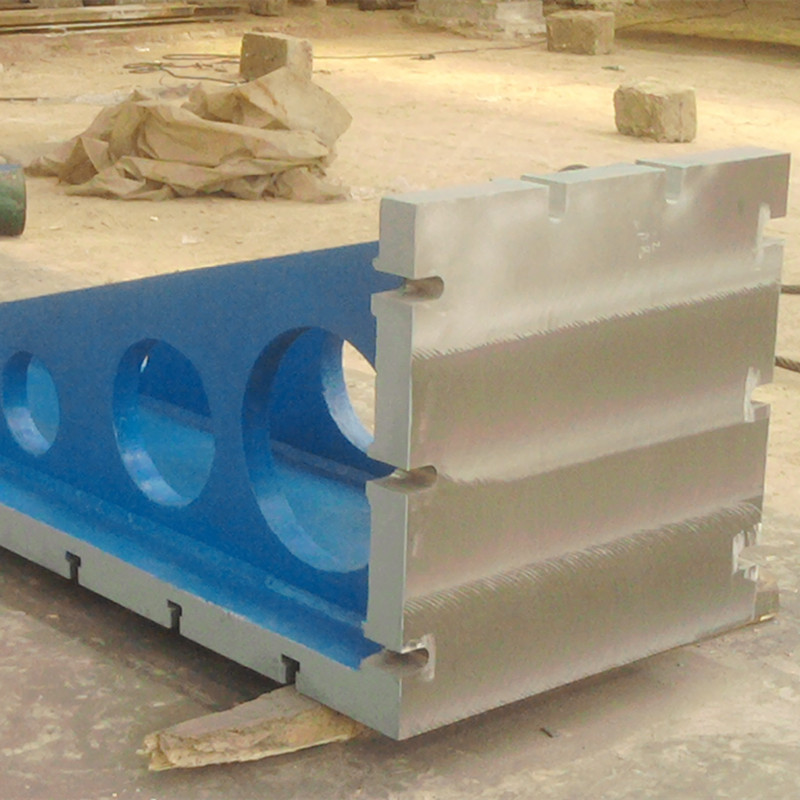Nov . 16, 2024 02:18 Back to list
Durable Stainless Steel Check Valves for Reliable Fluid Control Solutions
Understanding Stainless Steel Check Valves A Comprehensive Overview
Stainless steel check valves are essential components in various industries, providing reliability and efficiency in fluid handling systems. These valves are designed to allow flow in one direction while preventing backflow, thereby ensuring the smooth operation of piping systems. Their construction from stainless steel offers significant advantages, making them a popular choice for many applications.
What is a Check Valve?
A check valve, also known as a non-return valve, is a mechanical device that allows fluid to flow through it in only one direction. This is achieved through a hinged flap or disc that opens with the flow and closes when the flow reverses. By preventing backflow, check valves protect equipment and maintain system performance.
Why Stainless Steel?
Stainless steel check valves are favored for their durability and resistance to corrosion. Unlike regular steel, stainless steel contains chromium, which forms a protective layer over the surface. This feature is particularly important in environments where valves are exposed to harsh chemicals, high temperatures, or moisture. Stainless steel check valves are commonly used in wastewater treatment, food processing, pharmaceuticals, and marine applications due to their ability to withstand corrosive conditions.
Types of Stainless Steel Check Valves
There are various types of stainless steel check valves available, each suited for different applications
1. Swing Check Valves This type utilizes a swinging disc to prevent backflow. It is ideal for systems with high flow rates and low pressure, as it allows for a smooth flow of liquids.
2. Lift Check Valves These valves feature a disc that lifts off its seat to allow flow. They are effective in high-pressure applications and can handle a variety of fluids.
stainless check valve

3. Ball Check Valves These utilize a ball that moves up and down to control flow direction. They are versatile and can be used in different orientations.
4. Spring-Loaded Check Valves These incorporate a spring mechanism to ensure quicker closure, minimizing the chance of backflow and reducing water hammer effects.
Benefits of Stainless Steel Check Valves
- Corrosion Resistance Stainless steel check valves are immune to rust and corrosion, making them ideal for both indoor and outdoor applications.
- Durability These valves offer exceptional strength and a long service life, which minimizes the need for frequent replacements and maintenance.
- Versatility Stainless steel check valves can be used across a wide range of temperatures and pressures, enhancing their applicability in different industries.
- Easy Maintenance Many stainless steel check valves are designed for easy disassembly, allowing for straightforward maintenance and cleaning.
Conclusion
Stainless steel check valves play a crucial role in ensuring the efficiency and safety of fluid handling systems. Their resistance to corrosion, durability, and versatility make them a preferred choice in various industries. Understanding their types and functions helps engineers and maintenance professionals select the right valve for their specific needs, contributing to the reliability of piping systems and the processes they support. As industries continue to evolve, the demand for stainless steel check valves is expected to grow, solidifying their place as integral components in modern infrastructure.
-
Y Type Strainer Maintains System Efficiency Long TermNewsJul.15,2025
-
Valve Selection Guide for Industrial ApplicationsNewsJul.15,2025
-
Steel Fab Table Provides Durable Work Surface for WeldingNewsJul.15,2025
-
Pad Iron Provides Stable Support for Heavy MachineryNewsJul.15,2025
-
One Inch Check Valve Fits Standard Plumbing SystemsNewsJul.15,2025
-
Measuring Micrometer Ensures Precise Dimensional AccuracyNewsJul.15,2025
Related PRODUCTS









